Chester is not far from England's border with Wales, which border is only about as clearly delineated as US state boundaries generally are. after spending some time in Chester and Tarvin we decided to head into Wales to show Jill and Todd all the sheep, and the land of Tom Jones' nativity. Jill had really been wanting to see a castle too, and while Chester has one, it isn't one of the most impressive or classic looking. i remembered that the town of Conwy (pronounced Conway), about halfway out along the North Welsh coast, had a castle that i had always thought looked pretty striking, so we went there.

some views of Conwy Castle, including a picture of a model showing how the castle may have looked during its heyday, in the front center. click on the image to enlarge it.
indeed, Conwy Castle dates from the late 13th century, and stands largely intact guarding the mouth of the River Conwy. there are great views from the high turrets, and the castle is large enough that spending an hour there made us have to hurry to see it all, but we had other things to do, other places to go in North Wales. my maternal grandmother, whose maiden name, Thomas, was given to be my middle name, is Welsh, and my mother's dad, a Roberts, is Welsh at least in ancestry. when he still lived in Britain he kept a sailboat at the small village of Abersoch, way out west in North Wales, and so Kim and i decided to take Jill and Todd on a sort of pilgrimage out there.

Abersoch, clockwise from top left: Kim and i outside the Abersoch Post Office, with home pride stickers all over the windows; the early afternoon shadows that me, Jill, Kim and Todd cast on the beach; a view of that beach at low tide, with tractors pulling boats into and out of the surf; and a message in the sand for all the Welsh to see.
Abersoch welcomes, or at least tolerates, hordes of tourists every summer who must stretch the village's capacity to its breaking point as they descend in droves to lounge on the large beach. though it was quite hot while we were there, the tourist season hadn't yet started in earnest, so there were only weekend travelers to peruse the sleepy shops and paddle their feet in the water. despite the painful cold of the Irish Sea, plenty of folks were out splashing around or tooling about in boats that had been towed out to meet the waves by large tractors. one thing we noticed about Abersoch that probably accounts for much of its draw was the almost exclusive sandiness of the beach. many other beaches we had seen in Britain were seriously pebble-ridden, if not entirely made of small stones. the next beach we went to, at Llanbedrog, was much this way, though to us no less a draw because of it.

Jill and me on the rocky Llanbedrog beach, with some of the famous holiday cottages of the village. my mum would stay in cottages not far from here during her childhood vacations; below, some of the changing huts lined up on the sandier part of the beach, newly reinstalled in more varied colors than those of bygone days.

strangely perhaps, Llanbedrog's beach seemed busier than Abersoch's, but since we only went there to see where my mother used to take her childhood holidays, we weren't that bothered by the relative crowds. there seemed to be even lees to do in this village than the last one, so we began to make our way back to England in our trusty rental car. but one thing was still missing from my Welsh experience. it wasn't that i was feeling bad for not having reached the place with the longest name in the world (about which more later), but that i hadn't seen any of the vast slate mountains i remembered being everywhere as a boy. North Wales is home to Snowdonia National Park, which is itself home to Snowdon, the highest peak in England and Wales (the highest in Britain is Ben Nevis in Scotland). several of the mountains around this region are composed of slate, which is mined to this day, primarily for roofing material, though in much reduced quantities than were being obtained prior to WWII. these days the area derives some revenue form tourists riding down into the belly of the old mines to have a look at where their souvenir trivets came from. i wasn't so interested in that as i was in seeing the huge stacks of loose shale that ranged up mountainsides just next to the roadways, so i took the others on a detour through the Welsh countryside looking for the quarries of my memory. what may have seemed like a wild goose chase to start with turned up success surprisingly quickly, as we found some pretty good examples near the famous festival town of Ffestiniog (phew).

Todd stands in front of one of my slate mountains. this stuff is literally found just stacked up and sliding down the hillsides--Todd isn't more than a few feet from the edge of the roadway; below, i'm posing with our handy little rental car right at the Welsh border. we rented this one in Chester and took it all the way across North Wales and then all the way up to Edinburgh and back, but that's for next time.

so about Ffestiniog. not the town, but the name. if you've seen much written down in the Welsh language, you'll have noticed that it seems to have a near monopoly on consonants, which can make things hard to pronounce, to say the least. the place i mentioned earlier, the one with the longest name, is 58 letters long, of which only 13 are vowels. it's of such a ratio that Welsh would have to get together with a Polynesian language like Samoan and have offspring to result in a hybrid with a consonant-vowel proportionality that we could handle. the name of that village, which incidentally is home to not much more than a wool shop and a proudly-signed train station, is Llanfairpwllgwyngyllgogerychwyrndrobwllllantysiliogogogoch, which i challenge you to say on your own. i learned how from a Welsh homeroom teacher i had, but i couldn't even begin to try to break it down in this post. you may want to do a little research into it, at least so you can impress your friends. i will tell you that llan means saint, and the double l sounds like a very breathy "thl". i hope that helps you get started.

me and Jill by the Church's sign in Welsh. this one balances the English one on the other side of the building, which is the impressive new Chester chapel, actually built several miles from Chester in Ewloe, Wales, naturally; below, some of the bilingual signage that is prevalent in Wales, this in the Conwy Castle car park (parking lot).

so "f"s sound like "v"s, unless they're doubled up, "w"s sound like "u"s and double "d"s sound like "th"s. some letters aren't there at all, but are more than made up for by a bunch of digraphs that take the total "letter" count of the Welsh alphabet to 28. its all a bit confusing, but it does sound pretty cool when you're listening to the Smurfs dubbed over in it on your tiny black-and-white childhood TV. and besides, you'd better get used to it if you intend to be a true world traveler: Welsh competes to be the most widely spoken of the Celtic languages, and not only do around a fifth of the Welsh population speak it, but a sizeable chunk of the good folks in the Chubut province of Argentina, of all places. so just chew on that while you're trying to say "Cymru am byth"*.
* meaning "Wales forever".

some views of Conwy Castle, including a picture of a model showing how the castle may have looked during its heyday, in the front center. click on the image to enlarge it.
indeed, Conwy Castle dates from the late 13th century, and stands largely intact guarding the mouth of the River Conwy. there are great views from the high turrets, and the castle is large enough that spending an hour there made us have to hurry to see it all, but we had other things to do, other places to go in North Wales. my maternal grandmother, whose maiden name, Thomas, was given to be my middle name, is Welsh, and my mother's dad, a Roberts, is Welsh at least in ancestry. when he still lived in Britain he kept a sailboat at the small village of Abersoch, way out west in North Wales, and so Kim and i decided to take Jill and Todd on a sort of pilgrimage out there.

Abersoch, clockwise from top left: Kim and i outside the Abersoch Post Office, with home pride stickers all over the windows; the early afternoon shadows that me, Jill, Kim and Todd cast on the beach; a view of that beach at low tide, with tractors pulling boats into and out of the surf; and a message in the sand for all the Welsh to see.
Abersoch welcomes, or at least tolerates, hordes of tourists every summer who must stretch the village's capacity to its breaking point as they descend in droves to lounge on the large beach. though it was quite hot while we were there, the tourist season hadn't yet started in earnest, so there were only weekend travelers to peruse the sleepy shops and paddle their feet in the water. despite the painful cold of the Irish Sea, plenty of folks were out splashing around or tooling about in boats that had been towed out to meet the waves by large tractors. one thing we noticed about Abersoch that probably accounts for much of its draw was the almost exclusive sandiness of the beach. many other beaches we had seen in Britain were seriously pebble-ridden, if not entirely made of small stones. the next beach we went to, at Llanbedrog, was much this way, though to us no less a draw because of it.

Jill and me on the rocky Llanbedrog beach, with some of the famous holiday cottages of the village. my mum would stay in cottages not far from here during her childhood vacations; below, some of the changing huts lined up on the sandier part of the beach, newly reinstalled in more varied colors than those of bygone days.

strangely perhaps, Llanbedrog's beach seemed busier than Abersoch's, but since we only went there to see where my mother used to take her childhood holidays, we weren't that bothered by the relative crowds. there seemed to be even lees to do in this village than the last one, so we began to make our way back to England in our trusty rental car. but one thing was still missing from my Welsh experience. it wasn't that i was feeling bad for not having reached the place with the longest name in the world (about which more later), but that i hadn't seen any of the vast slate mountains i remembered being everywhere as a boy. North Wales is home to Snowdonia National Park, which is itself home to Snowdon, the highest peak in England and Wales (the highest in Britain is Ben Nevis in Scotland). several of the mountains around this region are composed of slate, which is mined to this day, primarily for roofing material, though in much reduced quantities than were being obtained prior to WWII. these days the area derives some revenue form tourists riding down into the belly of the old mines to have a look at where their souvenir trivets came from. i wasn't so interested in that as i was in seeing the huge stacks of loose shale that ranged up mountainsides just next to the roadways, so i took the others on a detour through the Welsh countryside looking for the quarries of my memory. what may have seemed like a wild goose chase to start with turned up success surprisingly quickly, as we found some pretty good examples near the famous festival town of Ffestiniog (phew).

Todd stands in front of one of my slate mountains. this stuff is literally found just stacked up and sliding down the hillsides--Todd isn't more than a few feet from the edge of the roadway; below, i'm posing with our handy little rental car right at the Welsh border. we rented this one in Chester and took it all the way across North Wales and then all the way up to Edinburgh and back, but that's for next time.

so about Ffestiniog. not the town, but the name. if you've seen much written down in the Welsh language, you'll have noticed that it seems to have a near monopoly on consonants, which can make things hard to pronounce, to say the least. the place i mentioned earlier, the one with the longest name, is 58 letters long, of which only 13 are vowels. it's of such a ratio that Welsh would have to get together with a Polynesian language like Samoan and have offspring to result in a hybrid with a consonant-vowel proportionality that we could handle. the name of that village, which incidentally is home to not much more than a wool shop and a proudly-signed train station, is Llanfairpwllgwyngyllgogerychwyrndrobwllllantysiliogogogoch, which i challenge you to say on your own. i learned how from a Welsh homeroom teacher i had, but i couldn't even begin to try to break it down in this post. you may want to do a little research into it, at least so you can impress your friends. i will tell you that llan means saint, and the double l sounds like a very breathy "thl". i hope that helps you get started.

me and Jill by the Church's sign in Welsh. this one balances the English one on the other side of the building, which is the impressive new Chester chapel, actually built several miles from Chester in Ewloe, Wales, naturally; below, some of the bilingual signage that is prevalent in Wales, this in the Conwy Castle car park (parking lot).

so "f"s sound like "v"s, unless they're doubled up, "w"s sound like "u"s and double "d"s sound like "th"s. some letters aren't there at all, but are more than made up for by a bunch of digraphs that take the total "letter" count of the Welsh alphabet to 28. its all a bit confusing, but it does sound pretty cool when you're listening to the Smurfs dubbed over in it on your tiny black-and-white childhood TV. and besides, you'd better get used to it if you intend to be a true world traveler: Welsh competes to be the most widely spoken of the Celtic languages, and not only do around a fifth of the Welsh population speak it, but a sizeable chunk of the good folks in the Chubut province of Argentina, of all places. so just chew on that while you're trying to say "Cymru am byth"*.
* meaning "Wales forever".





































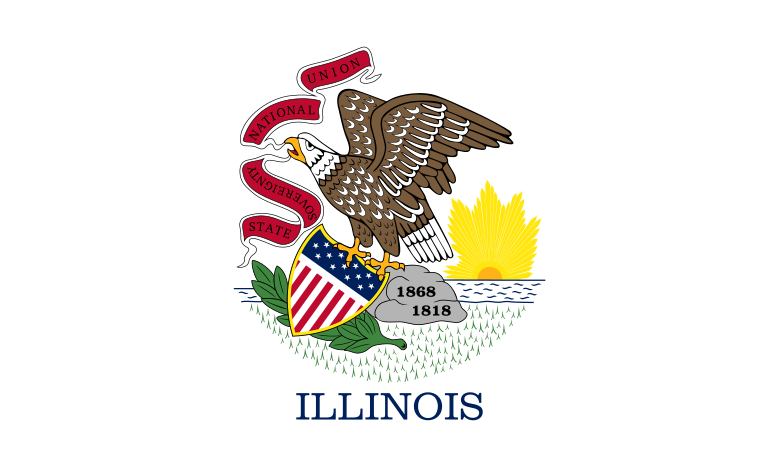




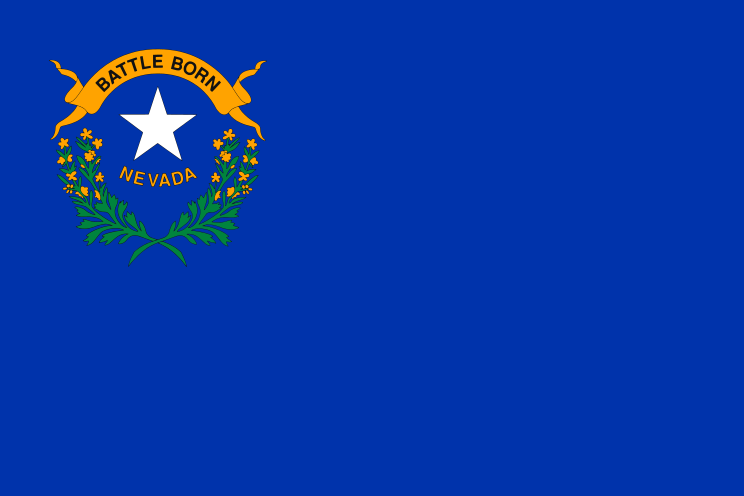




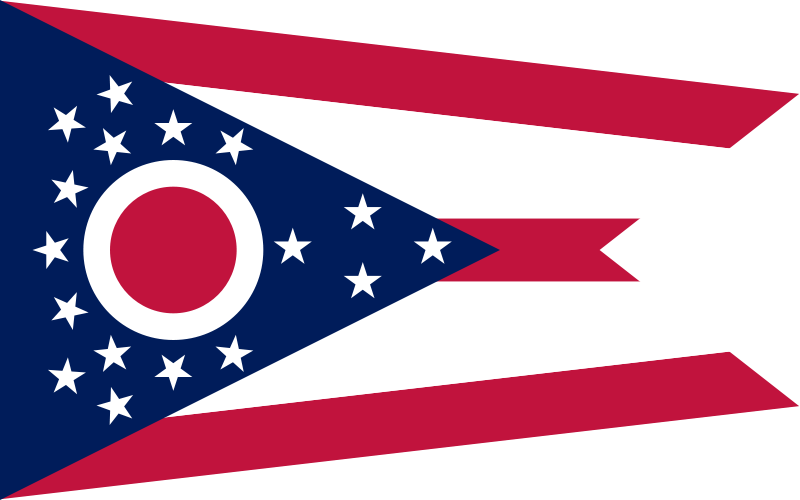

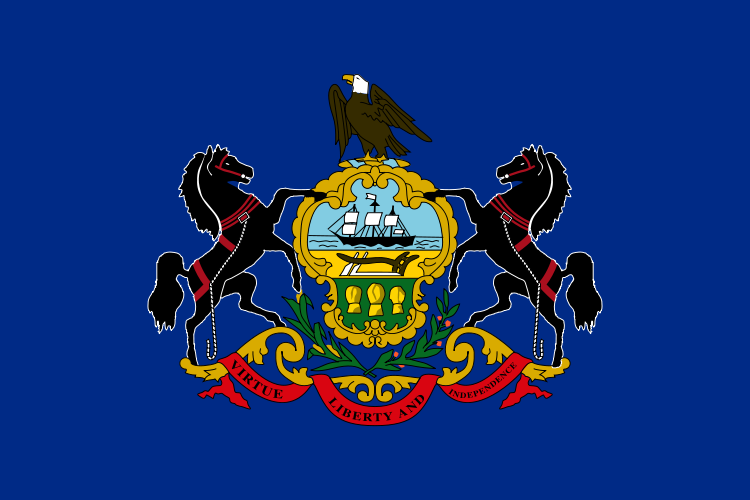





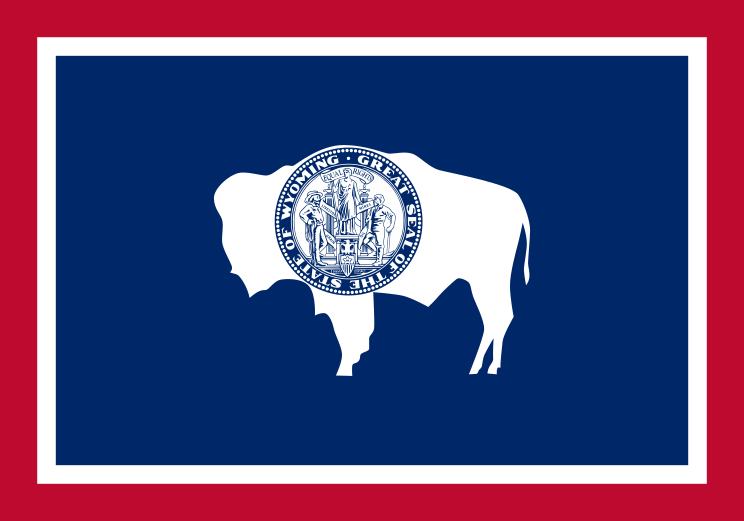
No comments:
Post a Comment